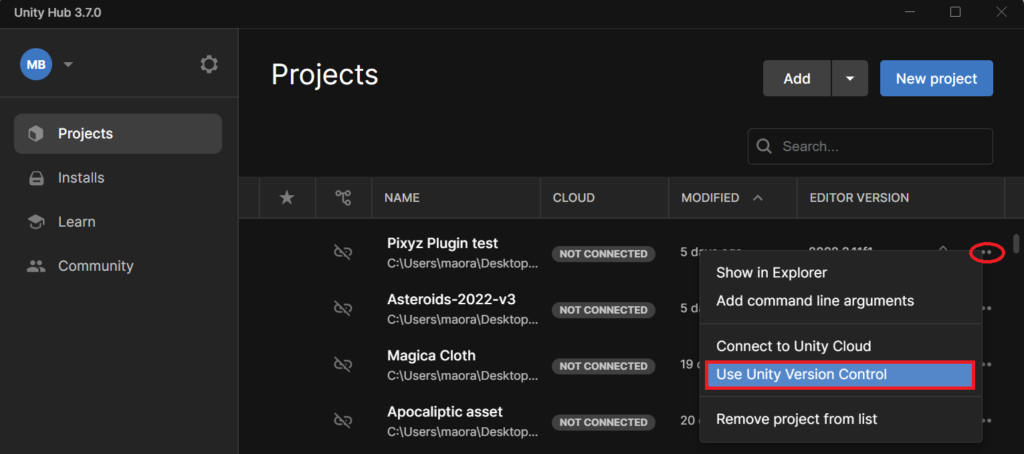
Introduction
In the world of game development, collaboration isn’t just a buzzword; it’s a necessity. Unity, a powerful and widely-used game engine, offers numerous tools and features to facilitate teamwork. Whether you’re part of a large studio or a small indie team, understanding how multiple people can work on the same Unity project is crucial. This article will delve into the mechanics, tools, and best practices for collaborative Unity development, ensuring your team can create seamless and exciting projects together.
Understanding Unity Projects
What is Unity?
Unity is a cross-platform game engine that allows developers to create both 2D and 3D games. It’s known for its user-friendly interface and extensive asset store, making it a popular choice among developers of all skill levels.
Basic Components of a Unity Project
A typical Unity project consists of various assets, including scripts, textures, models, and audio files. These components are organized within a structured hierarchy, allowing for efficient development and management.
The Need for Collaboration
Why Collaboration is Crucial in Game Development
Game development is a complex process that often requires diverse skill sets. Programmers, artists, designers, and sound engineers must work together to create a cohesive final product. Collaboration ensures that all aspects of the game are aligned and that the project progresses smoothly.
Examples of Successful Collaborative Projects
Many successful games, from indie hits like “Celeste” to AAA titles like “Fortnite,” are the result of effective collaboration. These projects highlight the importance of teamwork and the synergy that comes from combining different expertise.
Unity’s Built-in Collaboration Tools

Unity Collaborate
Unity Collaborate is a built-in service designed to simplify teamwork. It allows developers to share their projects with team members, manage versions, and track changes in real-time.
How Unity Collaborate Works
Unity Collaborate integrates directly with the Unity Editor, providing an intuitive interface for managing project changes. Team members can easily see who made changes, revert to previous versions, and resolve conflicts.
Benefits of Using Unity Collaborate
- Ease of Use: Simple setup and intuitive interface.
- Real-time Collaboration: Instant updates and conflict resolution.
- Project Management: Track progress and changes efficiently.
Setting Up Unity Collaborate
Steps to Enable Unity Collaborate
- Open the Unity Project: Start by opening your project in Unity.
- Enable Collaborate: Go to the Services window and enable Collaborate.
- Invite Team Members: Add team members by entering their email addresses.
- Publish Changes: Share your changes with the team by publishing them.
Best Practices for Setting Up Projects
- Organize Assets: Keep your project organized with a clear folder structure.
- Regular Commits: Commit changes frequently to avoid conflicts.
- Detailed Commit Messages: Write descriptive commit messages for better tracking.
Version Control Systems (VCS)
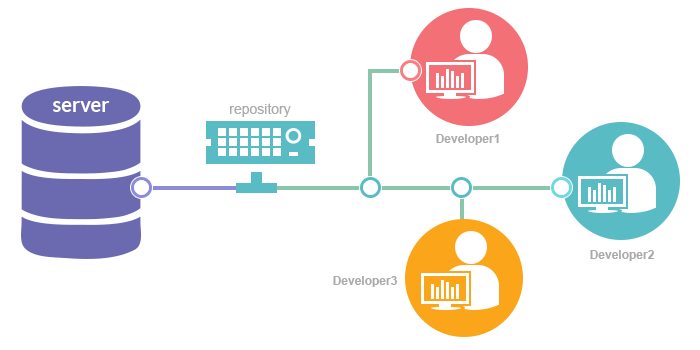
Overview of VCS
A Version Control System (VCS) is essential for managing changes to your project’s code and assets. It helps track modifications, manage versions, and collaborate more effectively.
Popular VCS Options
- Git: Widely used, with robust features and integrations.
- SVN (Subversion): A centralized version control system.
- Perforce: Preferred by many game studios for its performance with large files.
How VCS Integrates with Unity
Unity supports integration with various VCS, allowing developers to manage project versions directly from the Unity Editor. This integration simplifies the workflow and ensures that changes are tracked accurately.
Using Git with Unity
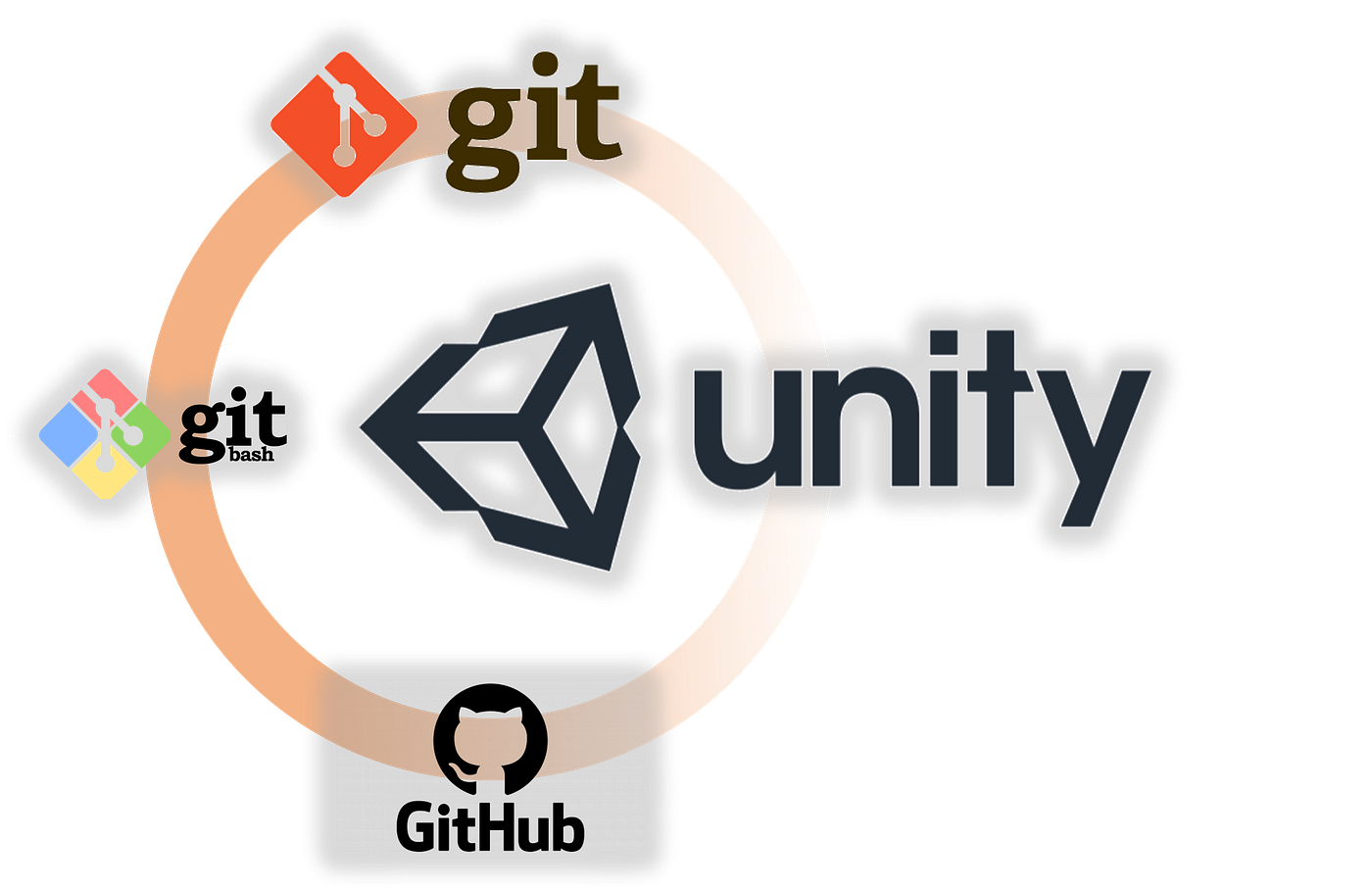
Basics of Git
Git is a distributed version control system that allows multiple developers to work on a project simultaneously. It tracks changes, branches, and merges, making it a powerful tool for collaboration.
Setting Up a Git Repository for Unity
- Initialize Git: Create a Git repository for your Unity project.
- .gitignore File: Configure a .gitignore file to exclude unnecessary files and folders.
- Commit Initial Files: Commit the initial set of files to the repository.
- Push to Remote Repository: Push your local repository to a remote server like GitHub or GitLab.
Managing Conflicts and Merges
Conflicts occur when multiple developers make changes to the same file. Git provides tools to merge these changes and resolve conflicts. It’s essential to communicate with your team and resolve conflicts promptly to maintain project integrity.
Perforce and Unity

What is Perforce?
Perforce is a version control system known for its performance with large files and its suitability for game development. It’s commonly used by game studios to manage complex projects.
Setting Up Perforce for Unity Projects
- Install Perforce: Download and install the Perforce client and server.
- Configure Workspace: Set up a workspace to sync your Unity project.
- Add Unity Project: Add your Unity project to the Perforce repository.
- Sync and Submit Changes: Sync changes from the server and submit your changes.
Advantages of Using Perforce
- Performance: Handles large files efficiently.
- Scalability: Suitable for large teams and projects.
- Integration: Seamless integration with Unity.
Asset Management
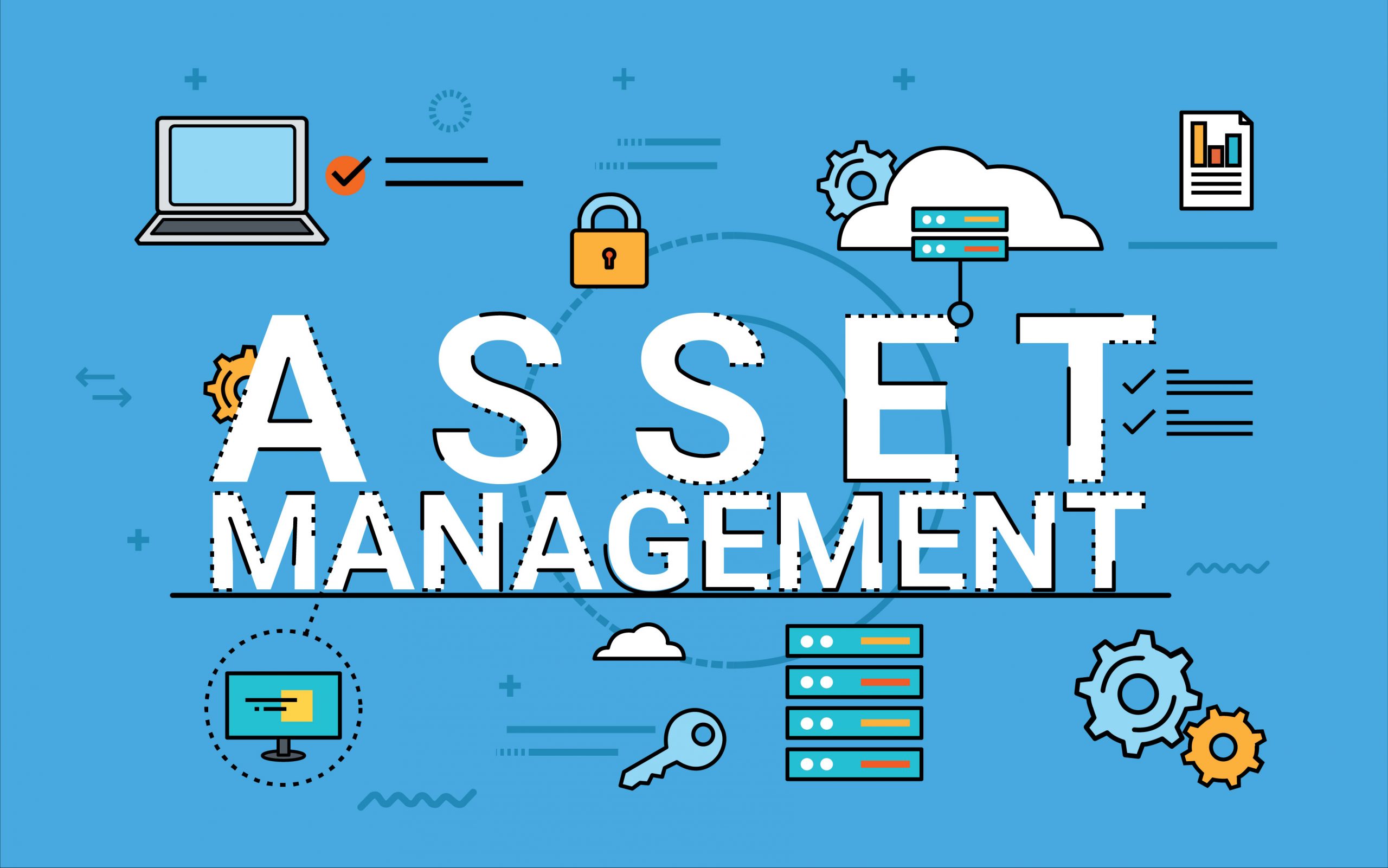
Handling Large Assets in Unity Projects
Managing large assets like textures, models, and audio files is critical in Unity projects. Using a VCS and organizing assets can help streamline this process.
Best Practices for Asset Management
- Use Asset Bundles: Organize assets into bundles for better management.
- Optimize Assets: Reduce file sizes and optimize performance.
- Regular Backups: Keep regular backups to prevent data loss.
Tools for Asset Management in Unity
- Unity Addressables: Manages assets and simplifies their use.
- Asset Store: Provides a wide range of assets for your project.
Task Management and Communication
Importance of Task Management
Effective task management ensures that the project progresses smoothly and that team members stay on track. It helps prioritize tasks, set deadlines, and allocate resources efficiently.
Tools for Task Management
- Trello: A visual tool for managing tasks and workflows.
- Jira: A robust platform for tracking issues and tasks.
- Asana: A versatile task management tool for teams.
Effective Communication Tools
- Slack: A communication platform for real-time collaboration.
- Discord: Popular among game developers for voice and text chat.
- Microsoft Teams: Integrates with Office 365 for seamless communication.
Case Studies of Collaborative Unity Projects
Example 1: Game Development Studio
A large game development studio used Unity and Perforce to manage their project. By leveraging Perforce’s performance and Unity’s collaborative tools, they successfully released a high-quality game on time.
Example 2: Indie Developer Team
An indie team used Unity Collaborate and GitHub to manage their project. Their effective use of version control and communication tools helped them create a popular indie game that received critical acclaim.
Lessons Learned from These Case Studies
- Effective Communication: Regular updates and clear communication are vital.
- Proper Tool Selection: Choosing the right tools can significantly impact the project’s success.
- Organized Workflow: Maintaining an organized workflow helps prevent issues and delays.
Challenges of Collaborative Unity Projects
Common Challenges Faced
- Conflicts and Merges: Managing conflicts can be time-consuming.
- Asset Management: Handling large assets requires careful planning.
- Communication Barriers: Miscommunication can lead to delays and errors.
Strategies to Overcome These Challenges
- Regular Meetings: Hold regular team meetings to discuss progress and issues.
- Clear Documentation: Maintain clear and detailed documentation.
- Training and Support: Provide training on tools and workflows.
Tips for Effective Collaboration
Tips for Developers
- Communicate Regularly: Keep your team updated on your progress.
- Follow Best Practices: Adhere to coding standards and best practices.
- Use Version Control: Utilize version control to manage changes efficiently.
Tips for Project Managers
- Set Clear Goals: Define clear goals and milestones for the project.
- Monitor Progress: Regularly monitor progress and adjust plans as needed.
- Foster a Collaborative Environment: Encourage collaboration and open communication.
Tips for Artists and Designers
- Organize Assets: Keep your assets organized and easy to find.
- Collaborate with Developers: Work closely with developers to ensure assets are implemented correctly.
- Stay Updated: Keep up with the latest tools and techniques in your field.
Future of Collaboration in Unity
Emerging Trends
- Cloud-Based Collaboration: Increased use of cloud-based tools for real-time collaboration.
- Virtual Reality Collaboration: Use of VR for immersive collaborative experiences.
The Role of AI and Automation
AI and automation are playing a growing role in game development. Tools that automate repetitive tasks and provide intelligent suggestions are becoming more common, helping teams work more efficiently.
Predictions for the Next Decade
As technology advances, collaborative tools will become even more integrated and powerful. Teams will be able to work together more seamlessly, regardless of their physical locations, leading to more innovative and polished games.
Conclusion
Collaboration is the backbone of successful game development. Unity provides numerous tools and features to facilitate teamwork, ensuring that multiple people can work on the same project efficiently. By understanding and utilizing these tools, maintaining clear communication, and following best practices, your team can overcome challenges and create amazing games together.
FAQs
How do I resolve conflicts in Unity Collaborate?
To resolve conflicts in Unity Collaborate, review the changes made by team members, decide which changes to keep, and merge them accordingly. Unity Collaborate provides tools to assist with this process.
Can I use Unity Collaborate for free?
Unity Collaborate is available for free with limited storage and features. For larger projects and advanced features, you may need a paid subscription.
What is the best VCS for Unity projects?
The best VCS for Unity projects depends on your team’s needs. Git is popular for its flexibility, while Perforce is favored for handling large files. Evaluate your requirements to choose the right tool.
How do I manage large assets in Unity?
To manage large assets in Unity, use asset bundles, optimize assets for performance, and employ a version control system. Regular backups and clear organization are also crucial.
What are the best communication tools for remote teams?
Slack, Discord, and Microsoft Teams are among the best communication tools for remote teams. They offer various features for real-time collaboration, file sharing, and project management.


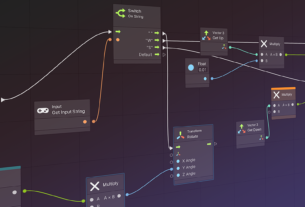
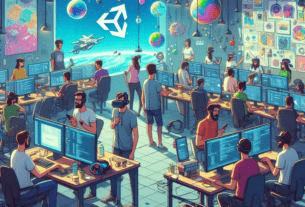

Currently it looks like WordPress is the best blogging platform available right now.
(from what I’ve read) Is that what you’re using
on your blog?
Feel free to visit my site :: 카지노메이비